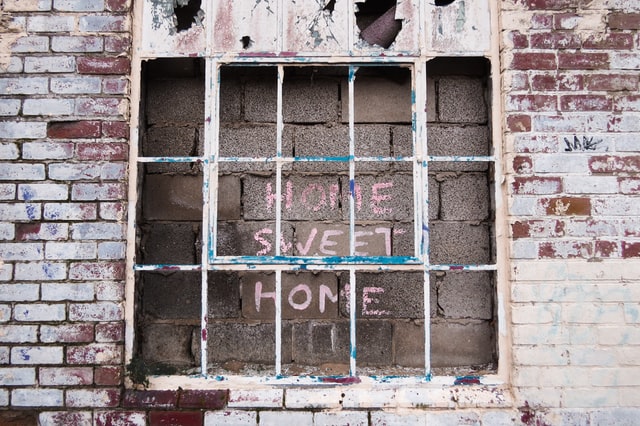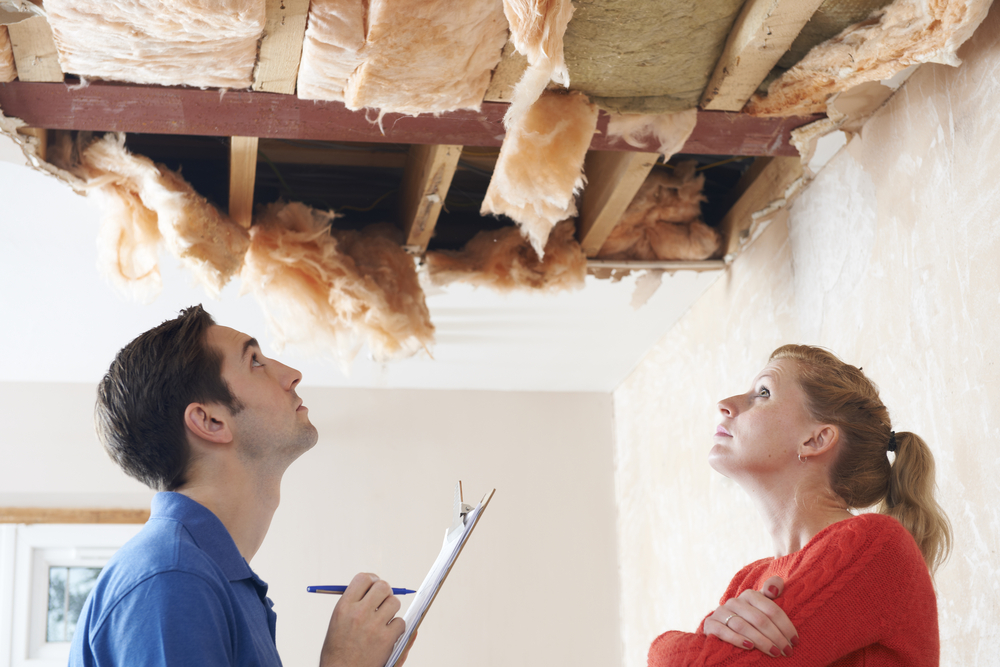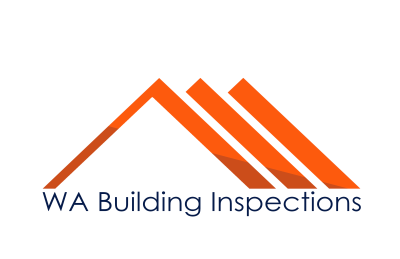What does a building and pest inspection cover?

Due to recent changes in the Western Australia’s legal and economic landscape, comprehensive inspection reports and other property inspection reports have altered to meet rising consumer expectations and to offer both independent building inspectors Perth and their customers with more in-depth information and protection.

Why Do You Need a Building Inspection in Perth?
Building and pest inspections in Perth can protect purchasers from buying defective properties since the building inspection reports make any visible and hidden defects and issues with a property clear.
Building defects are inspected and assessed during a pre-purchase building inspection in accordance with the agreed-upon scope and inspection type, and an inspection report is produced.
The inspection report can include a list of important structural or termite fixes that might need to be performed before settlement. This is the real value of your inspection. Without a comprehensive inspection, you could be buying a lemon….a very expensive million dollar lemon!
If your pre purchase inspection is successful, your residential or business property has passed the following tests:
- Observe requirements to protect your safety.
- Confirm that the building was constructed in accordance with the structural requirements common for the property’s age.
- Show financial institutions and insurance companies evidence that the house complies with the essential safety and structural standards.
What can’t a building inspection assure?
The more experienced an independent building inspector and the more construction experience they have, the more they are capable of detecting and assessing defects with a property. However, inspectors don’t have a crystal ball to look into the future, nor can we inspect certain external objects. The following things can not be assured by a passed/positive building inspection:
- The overall level of craftsmanship quality
- Serviceability of areas blocked by furniture, storage, coverings, etc. if future defects materialise
- Certification of smoke alarms and RCDs
- Objects with a specific use, like pool systems
- maintenance and other non-structural components
Everything that could be wrong with the property, from simple upkeep and repairs to significant defects, will be detailed in a full building report. Never hesitate to go back and clarify anything. Any reputable independent building inspectors has a website where potential clients can examine samples of their Inspection Reports. Spend some time examining them. View a sample report from a comprehensive inspection by contacting WA Building and Pest Inspections.
Recommendations may call for particular actions to be performed or more analysis, but they must address issues in a way that the report’s reader can see how to move forward.

What Happens If I don’t Get a Building Inspection?
Without doing a building and pest inspection Perth, you might not discover unforeseen repair expenses or overlook crucial information required for insurance purposes.
Without doing a comprehensive home inspection Perth, you might not discover unforeseen repair expenses or overlook crucial information required for insurance purposes. Emotions throughout the home buying process may persuade a buyer to believe the house is in excellent shape overall. We often see that this is simply not the case. Many sellers will do anything to hide many minor and major defects in the property to sell their house for the highest price possible. To guarantee you obtain a comprehensive building report that you can understand, it is crucial that you deal with a competent and experienced independent building inspector Perth.
What does a building and pest inspection cover?
Generally speaking, and depending on the type of building inspection, building and pest inspection reports should at the very least identify the type of construction used for the home, its essential parts, and any major structural or termite defects, particularly those that might lead to dangerous or expensive to remedy problems.
All defects must be sufficiently explained, and the report and photos go a long way to showing the depth of concern. Misunderstandings regarding what was intended to be included in the building inspection report or about what the report states are the root cause of many liability concerns and issues with the inspection process.
Building Inspection Reports should also note any areas of the house that were not examined. A visible, more involved, or intrusive examination may be carried out, depending on the type of inspection.
What Is Inspected in a Building Inspection?
Unless these features have been previously agreed upon, or are mentioned in your prior agreement, the areas of the home covered beneath flooring, walls, and ceiling coverings should be explicitly denied in your report for a visual inspection.
If you’ve asked your independent building inspector Perth for a more in-depth report, like an invasive inspection whereby you have been granted permission to do so, our independent building inspectors will employ cutting-edge equipment that allows us to spot probable termite activity without leaving holes or other physical traces on the property. That said, as far as invasive inspections go, we can scrape or “pick at” timbers and building elements to gain a deep level building inspection, sometimes even removing coverings to get a deeper inspection.
When access restrictions and technological limitations prevent conclusive answers, a more invasive investigation may be necessary to pinpoint possible issues.
Standard terms and conditions are adhered to with every building inspection Perth which are intended to define both the prerequisites for a house inspection and the inspection’s restrictions. These terms and conditions will specify the regions of the house and property that will be inspected. Our comprehensive pre purchase building and pest inspection Perth is the most popular inspection for a reason.
In this type of inspection, which combines a structural inspection with a termite pest inspection along with other maintenance items, non-structural issues, and potential structural/termite hazards, at a bare minimum, we inspect the following item and regions of the property:
- air conditioning, a hot water system, and smoke alarms
- Fences and retaining walls for boundaries
- Surface water evaporation
- Bathroom fixtures, toilets, sinks, and faucets
- Cabinets and countertops in the kitchen, laundry room, and bathroom
- Barges, eaves, facia, gutters, downpipes, stairs, roofs, and
- situations that are conducive to termites
- structural dangers
- And a lot more…too much to list in this article.
What is Included in a Pre Purchase Building Inspection Report?
Your pre purchase building inspection report will open with a summary of everything that was discovered during the inspection, generally advising if there is or is not a major or significant structural issue. The building inspection report will be directed to the areas that were evaluated, the most serious defects should be viewed first, as well as any further findings that could need your attention, and possibly include safety hazards.
To ensure that significant defects are not overlooked by the reader, a summary outlining major flaws should be included in every inspection report.
The following details should also be included in the report:
- your name
- the property’s address
- the purpose for the inspection
- the date of the inspection
- the inspection’s parameters
- list of every location that was accessible for the building and pest inspection
- description of the property’s general state
- list of any important issues that should be fixed
- Any suggestions that a second inspection or assessment be performed by a professional who is appropriately accredited, such as a structural engineer, geotechnical engineer, surveyor, or lawyer.
Put Your Investment & Your Family in Good Hands
RATE US:


